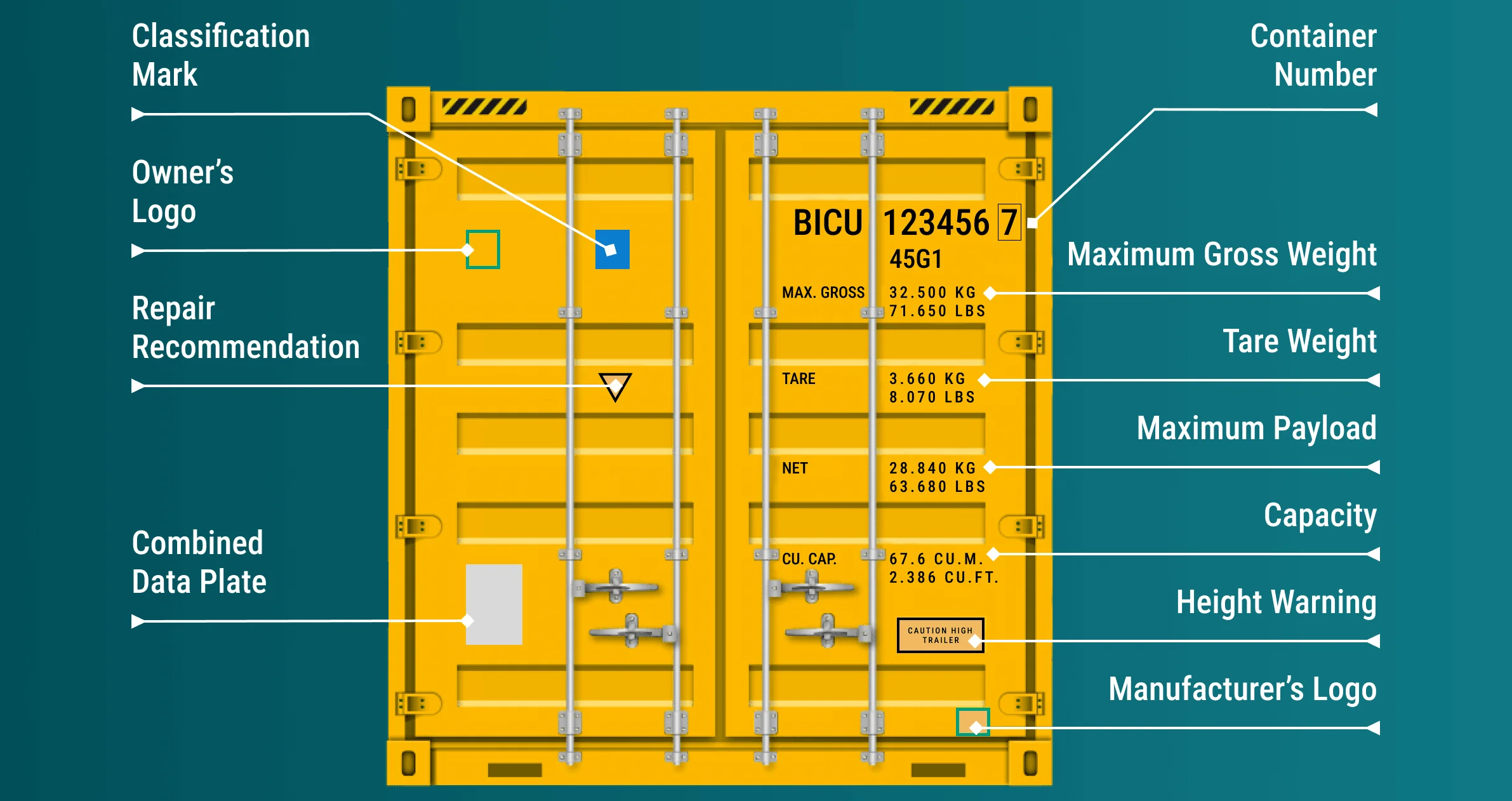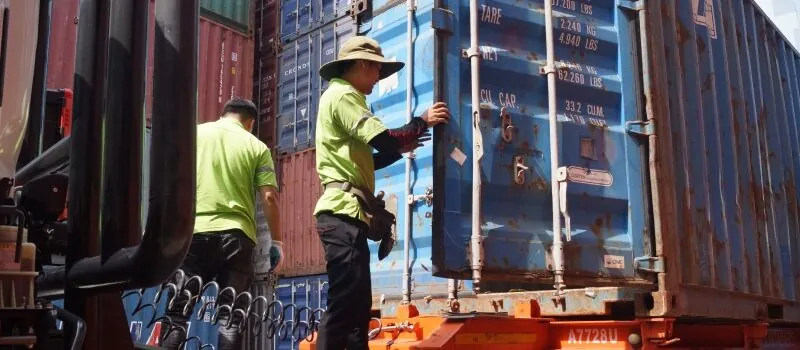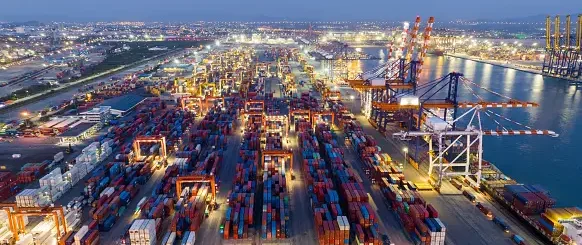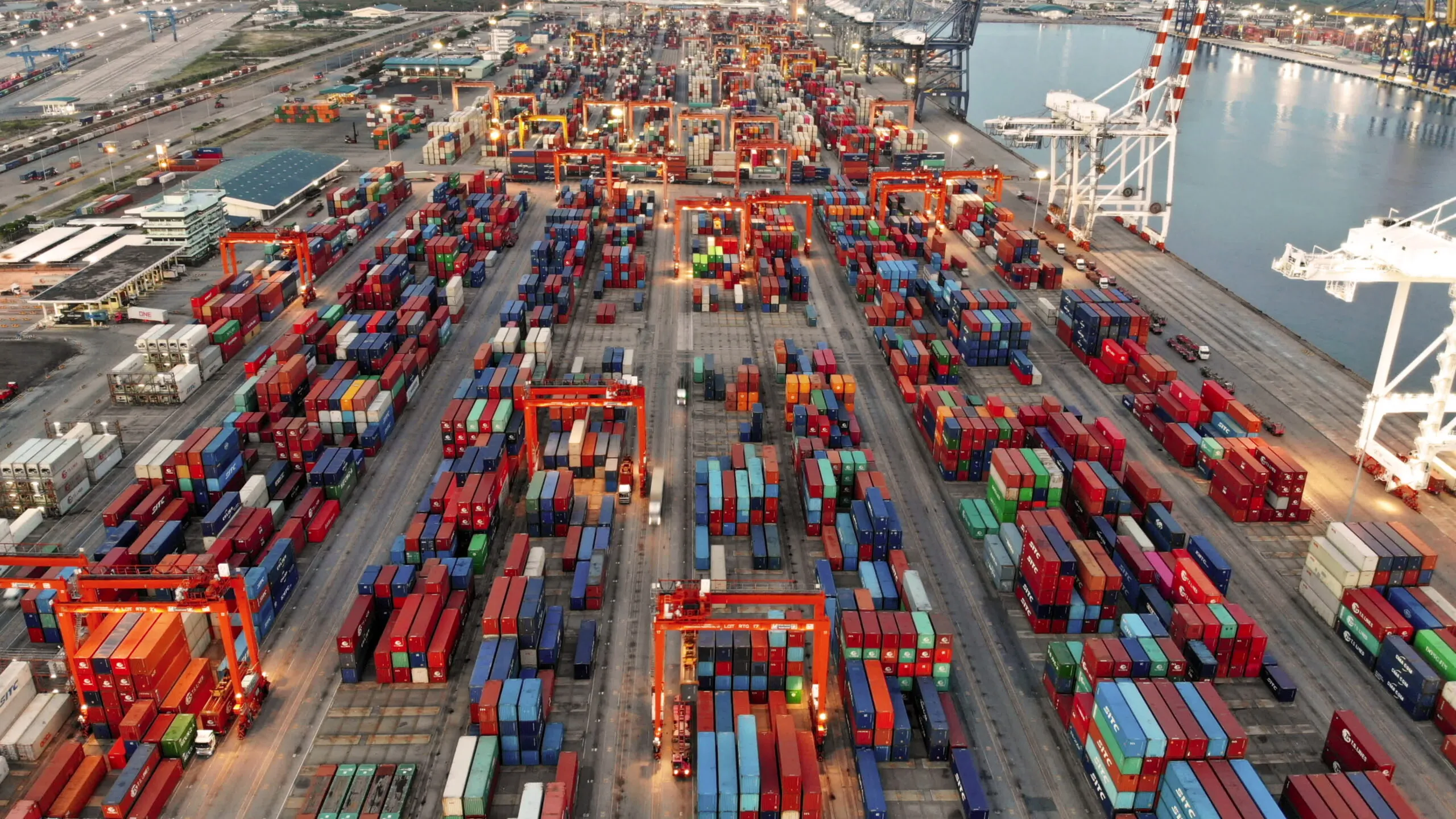Decoding The Shipping Container Markings
In the interconnected world of global trade and commerce, shipping containers are the silent workhorses that drive the movement of goods across continents and oceans. At the heart of these steel giants lie a series of markings, seemingly mundane at first glance but crucial in facilitating the intricate ballet of logistics operations. This comprehensive guide aims to unravel the significance of shipping container markings, delving into their purpose, types, regulations, and best practices. By unraveling the complexities of container markings, we unveil the unsung heroes that ensure the seamless flow of goods from origin to destination, ultimately shaping the modern landscape of international trade.

Understanding Container Markings
What are Shipping Container Markings?
Shipping container markings are the visual cues that adorn the exterior of these metal behemoths, communicating a wealth of information to those in the logistics chain. From the ubiquitous container number to the discreet weight indicators, each marking serves as a piece in the global trade puzzle, enabling stakeholders to navigate the complex web of supply chain operations. Beyond mere identification, container markings provide insights into each container’s contents, ownership, and handling requirements, forming the foundation for efficient logistics operations.
Types of Container Markings
Container markings come in various shapes, sizes, and colors, each serving a distinct purpose in shipping. Identification markings, such as the unique container number and size/type code, serve as the digital fingerprints that distinguish one container from another. Operational markings, including weight labels and handling instructions, provide essential guidance for those tasked with the physical movement of containers. Regulatory markings, such as the CSC plate and ISO 6346 code, signify compliance with international standards and regulations, ensuring goods’ safe and lawful transportation across borders and oceans.

Importance and Significance
Ensuring Safety and Compliance
Safety is paramount in shipping; the slightest oversight can lead to catastrophic consequences. Container markings serve as the first line of defense against accidents and mishaps, providing clear instructions and warnings to those handling and transporting goods. From identifying hazardous materials to specifying weight limits, container markings ensure that cargo is transported according to international regulations and industry best practices, minimizing risks to personnel, property, and the environment.
Facilitating Efficient Handling and Tracking
Efficiency is the lifeblood of logistics operations, where time is of the essence, and delays can have far-reaching repercussions. Container markings are pivotal in facilitating the smooth flow of goods through the supply chain, enabling stakeholders to identify, track, and manage containers with precision and speed. Clear and visible markings ensure that containers are sorted, loaded, and transported with minimal disruptions, optimizing logistics processes and enhancing overall supply chain performance, whether at bustling ports or warehouses.

Regulations and Standards
International Standards for Container Markings
Standardization is critical to ensuring interoperability and consistency across borders and oceans in the globalized shipping world. International organizations such as the International Organization for Standardization (ISO) and the International Maritime Organization (IMO) have established guidelines and standards for container markings, providing a common language for logistics professionals worldwide. ISO 6346, for example, defines the format for container identification codes.
At the same time, the IMO’s Container Safety Convention (CSC) mandates the use of CSC plates to certify the structural integrity and safety of containers for international transport.
National Regulations and Requirements
While international standards provide a baseline for container markings, individual countries may impose additional regulations and requirements to address specific needs and concerns. These regulations may vary widely, ranging from hazardous material labeling to weight restrictions and customs clearance procedures. Shippers and logistics providers must familiarize themselves with each country’s relevant national regulations and requirements to ensure compliance and avoid potential delays, fines, and penalties.

Best Practices for Container Markings
Clear and Legible Markings
Clear and legible markings are the cornerstone of effective communication in shipping, where the stakes are high, and errors can be costly. Proper placement, size, and contrast of markings are essential to ensuring that container information is readily accessible and easily understood by those involved in the shipping process. Regular inspections and maintenance are necessary to ensure that markings remain intact and visible throughout the container’s lifecycle, minimizing the risk of errors, confusion, and delays.
Consistency and Standardization
Consistency and standardization are fundamental principles in shipping, where uniformity is essential to ensuring seamless operations and effective communication across the supply chain. Adopting standardized formats and practices for container markings helps minimize errors and discrepancies, reducing the risk of confusion and misinterpretation. Collaboration between stakeholders, including shippers, carriers, and terminal operators, is crucial to maintaining consistency in markings and optimizing logistics processes. By promoting consistency and standardization, stakeholders can streamline operations, enhance safety and compliance, and improve overall efficiency in shipping.
Shipping container markings serve as the silent guardians of global trade, ensuring the safe, efficient, and compliant transportation of goods across the world’s oceans and borders. From identification to compliance, these markings are vital in facilitating communication, streamlining operations, and minimizing risks throughout the supply chain. As businesses navigate the complexities of international trade, choosing the right logistics partner becomes paramount.


